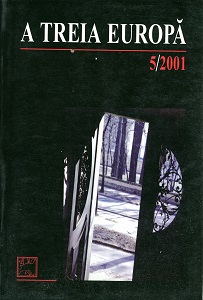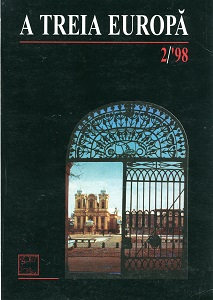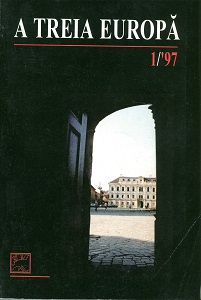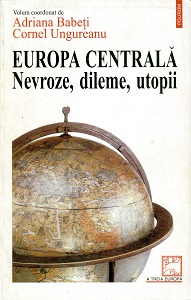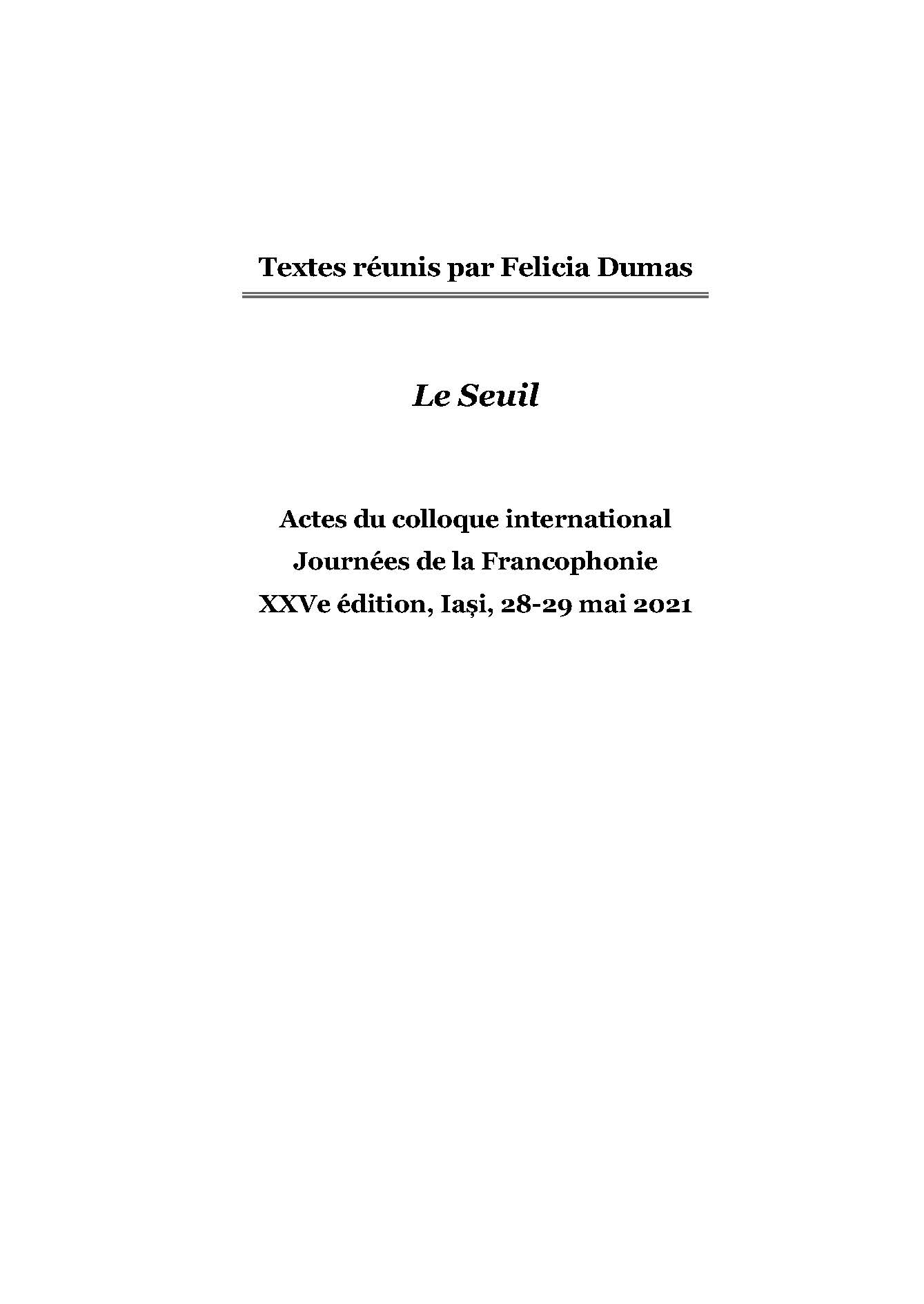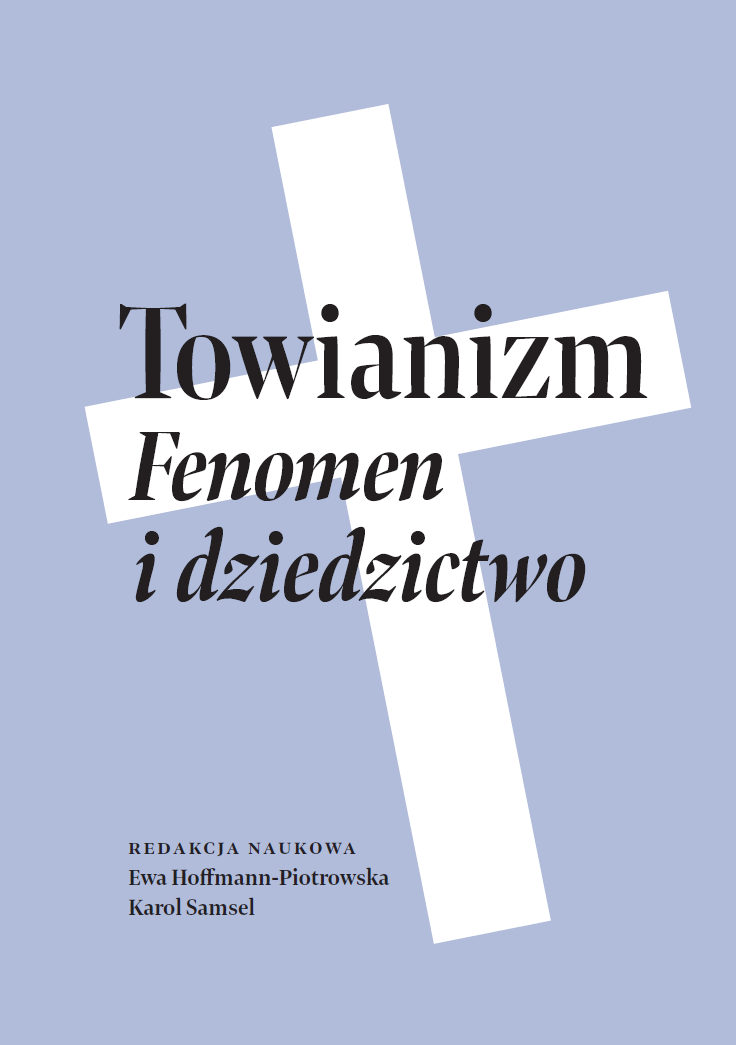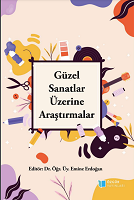Author(s): Georg Aescht,Sorin Alexandrescu,Mircea Anghelescu,Florin Bănescu,Romulus Bucur,Ion Bulei,Augustin Buzura,Radu Ciobanu,Ruxandra Cesereanu,Jean Grosu,Ion Ianoși,Victor Ivanovici,Nicolae Manolescu,Annemarie Podlipny-Hehn,Gheorghe Schwartz,Ondrej Štefanko,Petre Stoica,Mihai Șora,Doina Uricariu,Eugen Uricaru,Richard Wagner / Language(s): Romanian
Publication Year: 0
Investigations by: Georg Aescht, Sorin Alexandrescu, Mircea Anghelescu, Florin Bănescu, Romulus Bucur, Ion Bulei, Augustin Buzura, Ruxandra Cesereanu, Radu Ciobanu, Jean Grosu, Ion Ianoși, Victor Ivanovici, Nicolae Manolescu, Annemarie Podlipny-Hehn, Gheorghe Schwartz, Ondrej Stefanko, Petre Stoica, Mihai Șora, Doina Uricariu, Eugen Uricaru, Richard Wagner.
More...
